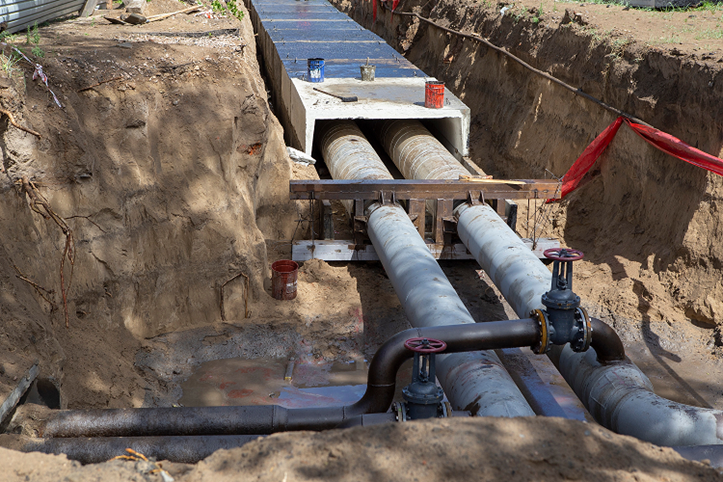In this intermediate level course, engineers with backgrounds in mechanical, structural or related engineering disciplines will learn how to compute natural frequencies and response to dynamic forces, and designs to reduce vibration of new and existing systems. Machineries, shafts and rotor systems, rotating equipment, their supports and foundations, vibration absorbers (tuned mass dampers), vibration isolators, shock loads and shock spectra, earthquakes, transportation vibrations, flow-induced vibrations and vibration monitoring are all discussed.
How to benchmark analytical results with test results or field data will also be taught. Emphasis is not on derivation of equations, but rather on assumptions and limitations of various analysis techniques and guidelines on when to use which method. Thirty-two detailed, step-by-step, worked-out examples of analysis and design are presented at appropriate junctures throughout the course. Five case histories are also presented to demonstrate how the various concepts and methods presented in the course are applied in complex vibration projects.
You Will Learn To
- Compute frequencies of complex equipment, structures and systems
- Compute dynamic response to a variety of operational and environmental forces
- Compute equivalent static loads
- Employ different methods of reducing vibrations of new and existing equipment and structures, including frequency separation techniques, dampening, vibration absorbers, tuned mass dampers, and vibration isolation
- Perform calculations related to special topics, such as solid-fluid systems and flow-induced vibrations
Who Should Attend
Engineers, engineering supervisors and managers responsible for designing or qualifying mechanical components, equipment, piping and structures subjected to dynamic forces; those responsible for auditing, reviewing, or approving shock and vibration analysis tasks. Those with a few years of experience in vibration analysis as well as those who are new to the area will benefit. No prior knowledge of structural dynamics is necessary.
Course Materials (included in purchase of course):
Digital course notes via ASME’s Learning Platform
This ASME Virtual Classroom course is held live with an instructor on our online learning platform. Certificate of completion will be issued to registrants who successfully attend and complete the course


